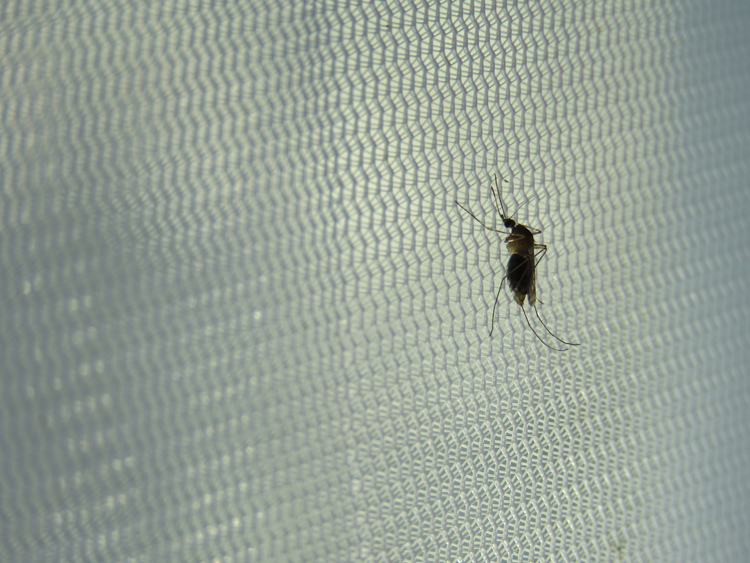The transmission of mosquito-borne pathogens is strongly influenced by the contact rates between mosquitoes and susceptible hosts. The biting rates of mosquitoes depend on different factors including the mosquito species and host-related traits (i.e. odour, heat and behaviour). However, host characteristics potentially affecting intraspecific differences in the biting rate of mosquitoes are poorly known. Here, the impact of three host-related traits on the biting rate of two mosquito species with different feeding preferences: the ornithophilic Culex pipiens and the mammophilic Ochlerotatus (Aedes) caspius are assessed. Seventy-two jackdaws Corvus monedula and 101 house sparrows Passer domesticus were individually exposed to mosquito bites to test the effect of host sex, body mass and infection status by the avian malaria parasite Plasmodium on biting rates. Ochlerotatus caspius showed significantly higher biting rates than Cx. pipiens on jackdaws, but non-significant differences were found on house sparrows. In addition, more Oc. caspius fed on female than on male jackdaws, while no differences were found for Cx. pipiens. The biting rate of mosquitoes on house sparrows increased through the year. The bird infection status and body mass of both avian hosts were not related to the biting rate of both mosquito species. Host sex was the only host-related trait potentially affecting the biting rate of mosquitoes, although its effect may differ between mosquito and host species. informacion[at]ebd.csic.es: Gutiérrez-López et al (2019) Effects of host sex, body mass and infection by avian Plasmodium on the biting rate of two mosquito species with different feeding preferences. Parasite Vector, https://doi.org/10.1186/s13071-019-3342-x
https://parasitesandvectors.biomedcentral.com/articles/10.1186/s13071-019-3342-x








 ¡Abierta convocatoria para proyectos de investigación en la ICTS- Doñana!
¡Abierta convocatoria para proyectos de investigación en la ICTS- Doñana!


